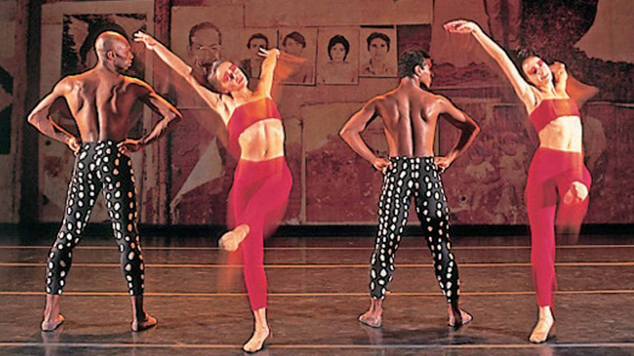 Brazilian Dance Company Grupo Corpa are appearing at the Perth Festival this month with two different works Onqotô & Parabelo. Their show has been described as full of ‘swinging limbs and sexy swagger.’ OUTinPerth spoke to choreographer Rodrigo Pederneiras.
Brazilian Dance Company Grupo Corpa are appearing at the Perth Festival this month with two different works Onqotô & Parabelo. Their show has been described as full of ‘swinging limbs and sexy swagger.’ OUTinPerth spoke to choreographer Rodrigo Pederneiras.
What is the inspiration behind Onqotô & Parabelo?
The start point for my work is always the music. Besides Lecuona, all the pieces we created since 1992 were inspired in the music especially composed for the company by outstanding and representative composers and musicians, beside Philip Glass all of them are Brazilian. Always guided by music, I ‘break’ the classical movements in as intensely Brazilian way. In other words, the music created for each ballet is always my inspiration.
Parabelo radiates the characteristics of the land and introduces a Brazil filled with regional nuances. The soundtrack, with working and devotion chants, with memories of rhythmic baião music, allowed me to draw with movements a picture of the Brazilian people/culture.
Onqotô is an existential question, and it means ‘Where am I?’. So this piece is based on the human perplexity in face of the universe. It was created to celebrate our 30th anniversary and it was a good question to ask ourselves by that time.
How would you sum up the experience of watching Onqotô & Parabelo?
Parabelo was created in 1997 and Onqoto was created in 2005. Although it was not designed to be performed together I think it fits very well together. I consider this program as a ‘brand mark’ of Grupo Corpo. Someone who is watching Grupo Corpo’s performances for the first time will have the opportunity to see two different aspects of our work.
What dance styles are used in the shows?
I am persuaded that the classical techniques can give the dancers much more possibilities to perform in a contemporary language. In our company, for instance, daily classical training is waived with a rich mix and popular inflexions. I use a classical base and mixed with some Brazilian rhythms, natural movements, street influences and other inflections. I’ve learned how to dance on the street and therefore my language is modern. So it is hard to define what styles are used, because it is all of them and none of them at the same time.
How much preparation goes into a show?
A lot, when we’re at home – in Belo Horizonte, Brazil – the dancers work from Monday to Friday, from 9am to 3pm. They have two hours of classic ballet and then technical rehearsals. A part from that we have special preparation for tour, we always present two choreographies what means double training…
What makes the shows distinctly Brazilian?
Since my initial works, I began to create a spatial design, drawing imaginary lines from the entry and exit points of the dancers on the stage, testing my control over structures and movements. As I said before, classical ballet techniques are the basis of my work, but little by little, Brazilian movements begun to be brought on the stage. We start to use in the choreographies small gestures we notice on our people, their way of walk, talk, laugh and all this became inspiration for movements. Through our dance we are showing some peculiar movements inherent to Brazilian people.
Grupo Corpa’s Onqotô & Parabelo is at His Majesties Theatre from Thursday March 1 to Saturday March 3.
Benn Dorrington




